I was kind of frustrated that Alstaire Sarthou was not able to attend any seminar on gaming due to his hectic schedule at the Tokyo Game Show. Before he left for Tokyo, he mentioned there was at least one seminar on September 21 that he could probably squeeze into his schedule so that we could learn more about gaming. But on the 21st, there were too many people at the entrance and he could not enter the venue, so he just left the site and visited his aunt somewhere in Tokyo and the next day he went back to Manila.
Although Alstaire’s experience in Tokyo was a big help, it lacked the guidance of as to how are we going to proceed to develop our planned casual mobile game from hereon and avoid the many pitfalls we may encounter as a new indie game publisher. Five days after Alstaire arrived in Manila, Grace emailed me about a conference on gaming sponsored by the Game Developer’s Association of the Philippines (GDAP) to be held at the SMX Convention Hall on October 3 to 4, 2014. At first, I was hesitant to attend since I have some plans on the 4th and no one from Top Peg was attending, since all of them were busy. But after reviewing the topics and the number of speakers, I decided to pay for the 2 day conference within 2 days.
At first I thought the conference was going to be a bummer, as the registration was still not prepared at 8 am when the announcement said that registration will start at 7 am, plus the personnel were kind of clueless also. To make the long story short, the conference started around 9:30 am and I thought this may not end well after having a bad start.
My first impression quickly changed as the president of GDAP started talking about gaming in the introduction. The succeeding speakers were all competent, engaging and had interesting topics as well. I think that this was the best seminar that I attended in my life; the seminar fee was a real bargain (P3,500 for the first day and P300 for the second day) as one could never get this kind of information anywhere. Add another P200, then one can have access to to many other workshops about game development held in two other halls for two days, although I did not have time to attend the workshops anymore.
I got a lot of practical insights and information before starting to develop a game. What the conference gave me was a reality check and some contacts with industry players. At least now we are better equipped to avoid major pitfalls and not expect too much as we are just going to develop a casual game as an extension to our property rather than making games as our main business.
In my estimate, the 2 day conference was attended by 90% college students and most of these students came from the College of St. Benilde. There were more people for the second day but the conference hall was never full, since some were attending the workshops and many were trying out the games outside the conference hall.
October 3, 2014 – Summary of Topics Discussed
Mr. Alvin Juban – President of GDAP – Introduction
Alvin is a very ebullient and infectious guy that he reminds me of the game character Super Mario. Despite the many challenges game development has in the country, Alvin remains optimistic. His mission is to increase the business side or number of game studios in the country within a 3 to 5 year time frame. To make gaming more visible and progressive, GDAP constantly coordinates and seeks assistance from government institutions such as the Board of Investments (BOI), the Department of Trade and Industry (DTI) and the Commission on Higher Education (CHED).
GDAP together with the DTI is on a mission to promote and educate other countries of the existence of a gaming industry in the country by attending conventions on gaming abroad, such as as the XDS (External Development Summit) in Vancouver Canada last September 10 to 12, Tokyo Game Show last September 16 to 21, G-Star in Busan, South Korea on November 20 to 23, and GDC in San Francisco in 2015. GDAP also held the Philippine Game Festival (PGF) on its 5th year for the first time that was held publicly outside school grounds.
In the recent XDS, Alvin says the Canadians were very surprised to learn that Filipinos can speak English and use computers. Alvin says that two things are positive points for us in the gaming industry: 1) Filipinos are naturally creative. 2) We can speak English well.
1) Senator Paulo Benigno “Bam: Aquino – “The Rise of the Philippine Gaming Industry”
Senator Aquino says he grew up with computers and is a gamer all his life. He believes that the gaming industry in the country is like where the Business Process Outsourcing (BPO) industry was 10 to 15 years ago. He says that Filipinos have all the elements to make his fearless forecast a reality, so he is pushing for the support of the BOI and DTI for this industry. If this sector grows, it can drive the economy forward and enable us to have the technology and discipline to make our own high value-added games. He hopes with the growth, more investors will start coming to the country.
2) Mr. Jeff Saez of NuWorks – “Using Games for Customer Engagement”
Jeff comes from the advertising industry and he first gave some Philippine statistics from Nielsen. Of the 100 million Filipinos: the Internet penetration is 49%, social network penetration is 48%, mobile phone penetration is 70%, smart phone penetration is 16% and tablet penetration is 4%. Jeff also gave some statistics in terms of media consumption, top ten activities in the Internet and other statistics.
Jeff then talked about the power of gamification, which is applying game principles to everyday activities. It uses the core drives of people and makes new uses for games. The participants are given rewards such as social recognition, progress or leader badges if they succeed in doing some of the activities required in the game. Local brands such as Sky Flakes uses vending machines located in malls and teaches people to dance their way for a few minutes for fun and fitness. Chooks to Go applies the vending machines in malls to increase brand awareness by engaging people to do some chicken moves and the participants have some fun with it. Gamification in these cases introduces game concepts, design and development to encourage product purchases.
Gamification is also introduced for agriculture, wherein buyer of agricultural products are informed of how their purchasing decisions help the farmers.
In other countries, gamification changes social behavior in driving more slowly, urinating in public urinals instead of anywhere and improving the submission of health records by just tapping the smart phone for children with cancer. The said children have little energy and motivation to record their daily health with paper and pencil. The gamification of the health record is tied up with a police TV series and the children are awarded some virtual badges.
3) Mr. Vincent Tanwar, Strategic Partner Lead Gaming Google – “Retaining and Monetizing Your Mobile Games with Game Analytics”
To maximize revenues and lifetime value, one should harness the power of analytics. Vineet stressed the importance of analytics in analysing user behavior to have good business decision and and have a sustainable business. Gaming has a lot of things to measure where Google analytics can help like in user demographics, tracking marketing return on investment, engagement and retention rate, virality, social event, tracking ratings and reviews, tracking moetization, identifying and destroying road blocks, segmenting your audience, Google analytics in Admob and host of other information to track.
4) Mr. Markku Kero of Eqela – “Maximizing Cross Platform Technology for Game Developers”
Markku’s topic is about the technical limitations encountered with softwares in making games. The cross platforms can help in enhancing softwares. Although there are issues with cross platforms, it can still be improved. One thing that needs to be addressed is how to program the game without eating too much battery power.
5) Mr. Gabby Dizon of Altitude Games – “Making Games for the Asean Market”
Gabby talked about how start-ups can manage with a small budget to improve their game. He talked about his experience with his current mobile game “Super V” which is currently at Google play. With only $60 as a budget, he was able to reach 55,264 page reach. He started with only one level with quick art and tested it in Singapore’s Casual Connect. From there, he learned what players positively reacted to – the theme was well received and artwork loved but the negative was confusion on the structure. So with the feedback, he improved on the parts that needed some adjustments.
6) Mr. Kimi Iwasaki of Klab Cyscorpions – “Designing Japanese Mobile Games”
Klab Cyscorpions has an office at the Fort and it exclusively develops games for the Japanese market. Kimi gave some statistics that Japan now is the leading market for mobile games in the world, surpassing the US. Part of the reason is an easier payment scheme. Of the top 10 games in Japan, he cited 3 common points: 1) Good graphics and sound 2) Marketing on television which could reach $1M to $5M 3) Large budget
7) Mr. Miker Rivero of ABS-CBN Interactive – “Games for Filipinos”
Miker is one of the pioneers of gaming in the country; he showed the history of his works through the decades and how he started as a game developer/manager. At first it was trial and error where he experienced many ups and downs, some studios he worked for also closed down. He started in advertising, then went onto self-publishing and consultancy, until his current work. He gave some tips in new product design which should cover the following aspects: marketability, feasibility and originality. He is an advocate of developing a Filipino game that can be famous as some famous games. Game themes should be universal rather than localized.
8) Mr. Marnielle Estrada of IGDA Manila – “The Complexities of Game Development”
Marinielle showed how he solved some of the problems he encountered in developing his game. He began by saying art style is memory. 2D requires lots of images, which has double resolution which means 4 times the memory requirement. The solution is to use sprite tile based pixel art where each cell is 16 x 16, this saves a lot of memory usage.
Level design is a full time job, wherein one level takes an average of 3 hours to make his game has 30 levels. Level design is divided into 4 parts: 1) tile mapping – 30 minutes; 2) Compose enemy waves – 1 hour; 3) Testing – 5 to 10 minutes; 4) Iteration – go back to previous steps depending on your testing. The next challenge is difficulty – the combination of difficulty, assigning the values of difficulties – where he showed how to place different values on the program and see if it works.
 9) Panel Discussion
9) Panel Discussion
During the panel discussion, Mr. Alvin Juban mentioned that: “Game playing is for everyone but game development is for a chosen few.” The next day I tried to reconcile this quote with Senator Bam Aquino’s fearless forecast of generating enough manpower for the gaming industry. Game developing requires a very high technical skill set and this means expensive training and equipment. So I’m still at a lost of whether we can really create enough manpower and business in the succeeding years which is aggravated with migrating skilled programmers.
The panel also answered the question of hiring with low grades. The panel was unanimous that grades are not that important, what is important is one’s portfolio, passion and what one does outside school. They are looking for what one can do, what skills one is developing and what one could develop. For one panelist, without a portfolio, an applicant is relegated to the bottom of the applicants. For another panelist, he just checks if one really graduated from college. Another hired a journalist major who had passion for game design and was an active gamer. For another a college graduate is not even required in his country – Finland.
October 4, 2014 – Summary of Topics Discussed
1) Mr. Mon Ibrahim of DOST-ICTO – Opening Remarks
Mon says that the gaming sector is the only sector where more money from the the government is not used by GDAP – there is still a surplus of funds. The CHED already approved a new university program last January 2014 called BSC in Entertainment Computing. The problem is where do we get the teachers to teach the required subjects? TESDA is already accrediting trainers for the multi-media arts. And the DOST with the University of the Philippines Information System has a four month program to enhance the skills for those already in programming in multi-media. In the Asean, the Philippines is the third country to offer a formal college program for game development aside from Singapore and Malaysia. The government is trying to move from voice services to higher value services and enable to create Filipino content.
2) Mr. Norman Lee of De Lasalle College of St. Benilde – “The Game is Changing for Philippine Game Development”
Norman says in 2007 GDAP had 7 founding members and in 2014 there are now 28 core members. He estimates there are around 60 game developers in the country. The growth is due to a generation who grew up with games wanting to create games and the global market for games is growing. But there is a supply problem of technical skills, and this is where the CHED (BSC Entertainment Computing) and TESDA (Training and accrediting certified trainors in game development) are needed growth of the manpower to be accomplished. The key to change is education if there are more technical manpower, hopefully there will be more business in gaming, more foreign investors and finally big businesses in gaming coming in the country. However, he stressed that education should aim for quality education and not for profit.
There are now trends in game development that shows growth in improvement. In the early days of game development it was mostly self-taught, now there is formal education. There are now game development contests in and outside college and the result is students are now placing high versus the industry professionals. The level of skill and knowledge of students is now at par and sometimes even better than the professionals in some cases. There is also a gamification of some traditional businesses.
3) Mr. Russell Tomas – Dreamlords Digital
As an indie developer, Russell aims developing games with the highest quality since he started his company. He talked about the explosion of indie game developers as technology becomes more affordable, so there is an ease of entry in mobile and console game development. There will be new technologies in wearables, body motion, mind control etc. that will influence how we will play games in the future.
Russel says lack of money is not a limitation to be creative. He cited his case, where they were able to get $50K from Kickstarter funding. However, there are bad examples in the said funding, where some just steal the money, don’t finish the project either through mismanagement of the fund, underestimated the complexity of their game or lack of skill to push with the development. He said there are 3 people who worked on their current project which is a high quality game; he added that can you imagine if there were more people who will work on it.
4) Mr. Solon Chen – “Game On and We Got Games”
The Game On competition for college students started in 2011 and every year the rules are changed a bit to make the competition better, while the number and quality of entries are also improving. For the first time, in 2014 – 8 high schools with some selected student were included to have a game development competition and their mentors are the college students. The students were required to produce a game for two days which includes a workshop, so the total time for actually developing a game is around 8 hours. The results were good, so Solon and Dr. Niña Sales of Informatics will continue to improve the current competition.
5) Mr. Erick Garaybas of Kuyi Mobile – “Game Development Stories: Epic Paint Adventure”
Erick has one goal and that is to make fun games. Since he has a game with millions of downloads, he could afford to experiment by creating new games. His goal in making Epic Paint Picture is not only for profit but to have a new learning experience. a) To understand the market, experiment with a lot of things and gather data. b) To find out if these kinds of games really make money. c) To prove that not all free games are out to get your money. d) To experiment with Application Search Optimization (ASO), monetization and other technical stuff. e) Conclusion: 5K+ daily users, conversion rate is great, tapped new market, experimental game, not my kind of game – many data, iterative game. If you have a new game – experiment.
6) Mr. Sharan Balani of Quickfire Games – “Game Development Stories: Wild Season”
Quickfire is the first studio in the country to be funded by Kickstarter with seed money of around $60K. To get the fund, Sharan thought about nothing in the next 30 days. He promised a lot of features in the game, but there were no specifics. The money went to the development, marketing and business development and operations. Sharan says most developers just concentrate the funds on the development of the game and forgetting both the marketing/business development and operating aspects of the business.
In terms of development – how are you going to implement the engines, story art, and number of characters. In his case, it took 2 months to test the art work and features. In the business development side, he was lucky to have some contacts with Soedesco the developer of Resident Evil. In marketing, he used Facebook, Twitter, Instagram, Youtube and other social media outlets constantly. Operations consists of the taxes, payroll, maintenance etc. to get the growing business moving. One should anticipate the operating costs, as it will increase as the business increases.
7) Mr. Allen Tan, Managing Director of White Widget – “Game Development Stories: Face Mountain”
Allen started the company with a partner in 2013 and is self-funded. He balances services and independent content creation. In 2014, there were around 13 people in the company. The idea came about for Face Mountain when there was a brownout in the office and they have to go to a restaurant for lunch with their laptops. They talked about the need to develop their own game and Candy Crush was a popular game at that time. So they decided to do a matching game that they could do within a month but a polished game will take more than that time.
The first idea was face matching “Match Your Face”. There were problems with the prototype like the photos were too small and the game too gimmicky. Initial changes include adding a mountain, use only one photo, static backdrop and tiles, movement of pictures. There was nothing special about the game, so they put faces on everything, the rocks, strawberries etc. except for the grass. They also changed the background as they were not happy with it. Designing the avatar was a long process with 36 different kinds of eyes. They narrowed the choice to 12 eyes and chose the weird looking one as it is distinct and became a staple in the game.
In mobile games, one cannot have all the good things, since each character to load was 20 seconds which was unacceptable. so they have to reduce the special features and find an acceptable limit. To improve the game experience, they have to reduce the mechanics as it was too confusing and the User Interface was too big.
They plan to load the game on iOS late October 2014 but the initial plan to launch it was October 2013. This sounds familiar, and this is just a mobile game, compare that with a full season for animation which is a lot more difficult to develop and produce.
8) Mr. Bari Silvestre of Keybol Games – “Game Development Stories: Belial: Ars Demon”
Bari was a former factory worker and accountant, but his interest in game development enabled him to produce games that were highlighted by game magazines abroad. Even if his new game is not out yet, it is being touted as a game to watch out for by some industry writers. Bari uses Facebook to get some feedback for his upcoming game. With his new game he experience some ups like some friends helping him out for free and downs like a Japanese competitor is also launching a game with a similar theme , or the word Ars is misspelled many times by writers and friends.
9) Panel Discussion
The story narrative is going to be important as there are more games around. One developer is relieved that he could always answer yes to the question do you have a story in your game?
10) Dr. Beatrice Lapa of Senshi Labs – “From Mainstream to Indie Game Development”
Bea wants to create free educational games since she found the games she plays are boring. After some years with established studios, she shifted to indie game development. The difference between the two are: 1) Funding – sometimes one has to do a quick starting game to fund a game that one really like to develop. In her case she did Prologue in 3 months to do Book 1: Song of Pisces 2) Team size: Team vs one person – 1 person does everything. 3) Process. 4) Documentation – the documentation in mainstream is thick, while in indie is more spontaneous, and inspiration can can change the document, so she always carries a notebook. 5) Cost-benefit analysis – the budget has to fit so one experiences pressure in mainstream as the money is not yours. Her final words if you are thinking of going indie: What makes you itch? What do you desire? What sort of situation do you love to work in?
11) Team Animus – “Game Development Stories – Imagine Cup”
A team of 4 information system students from the De La Salle University with no game development experience made it the top ten finalist from around the world in the Microsoft Imagine Cup 2014 in Seattle, Washington. Their game is about using computers to make kids more fit. Their game design was for 4 to 7 years old, they gathered information about market preference, thought unique ideas based on the research conducted and executed ideas through applications. Their advice for aspiring Imagine Cup participants is think out of the box, never doubt your capabilities and be inspired and passionate about your project.










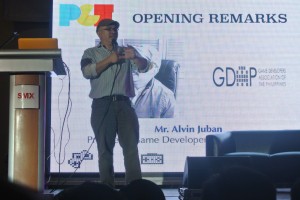













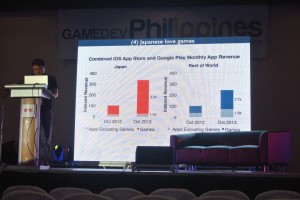



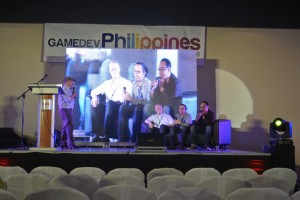



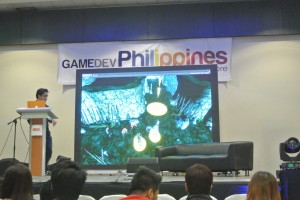
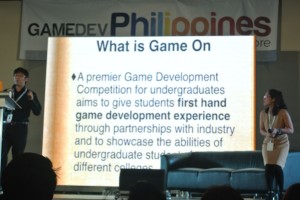





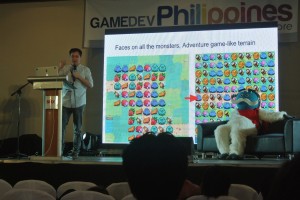



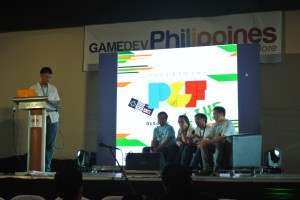

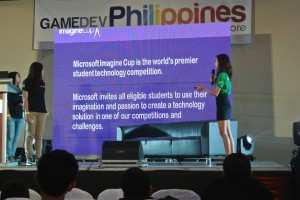

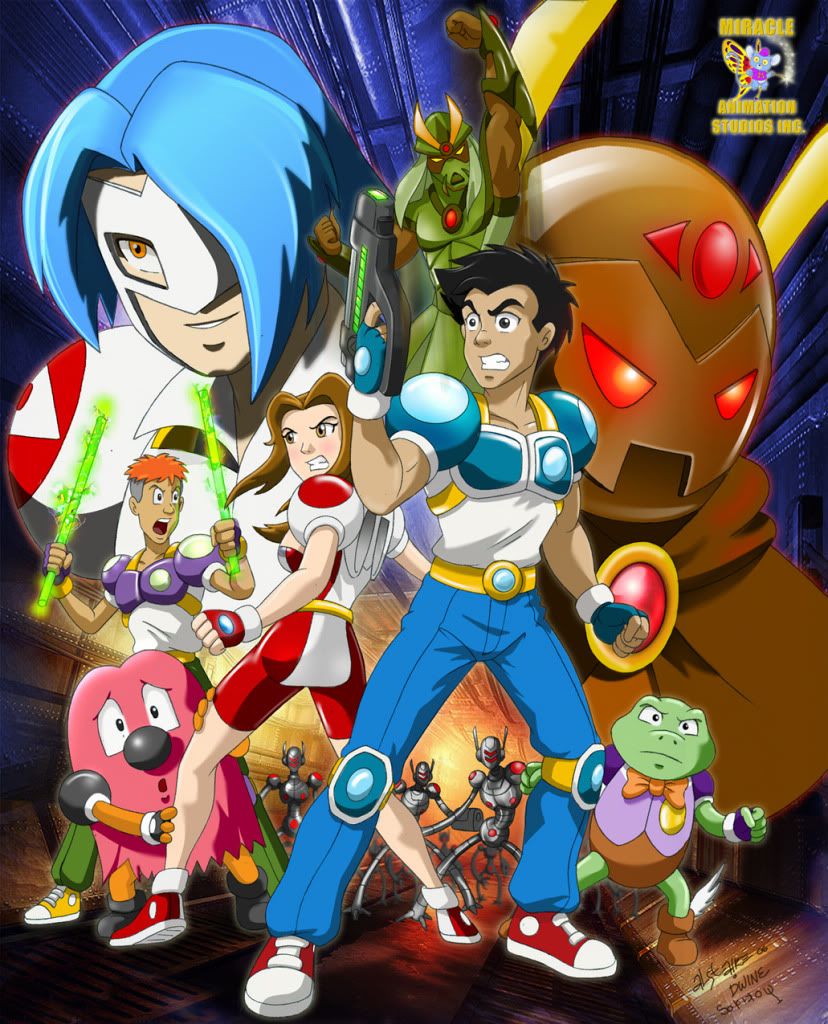
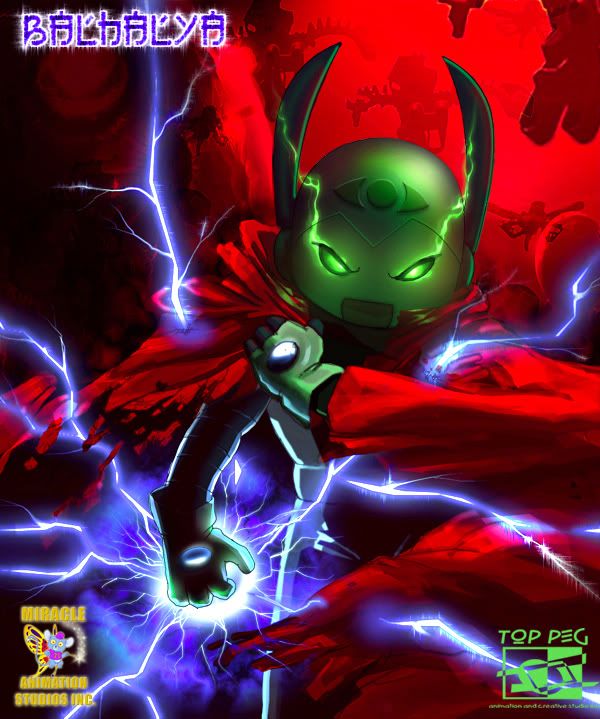

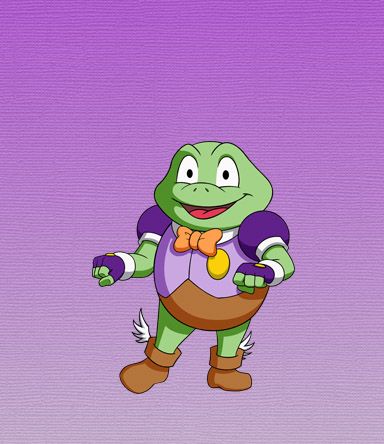

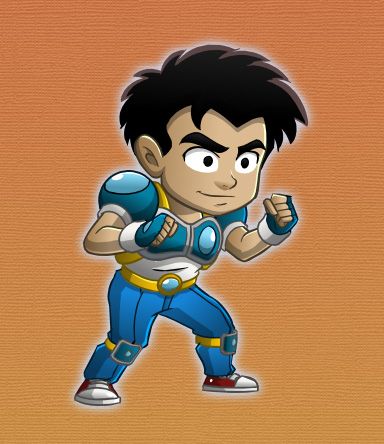

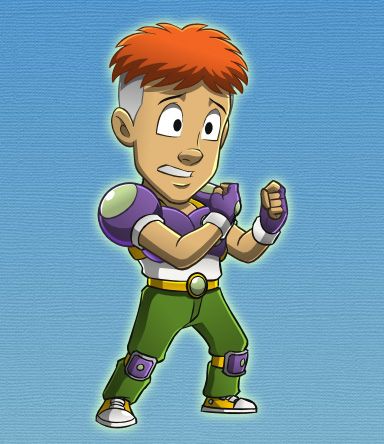

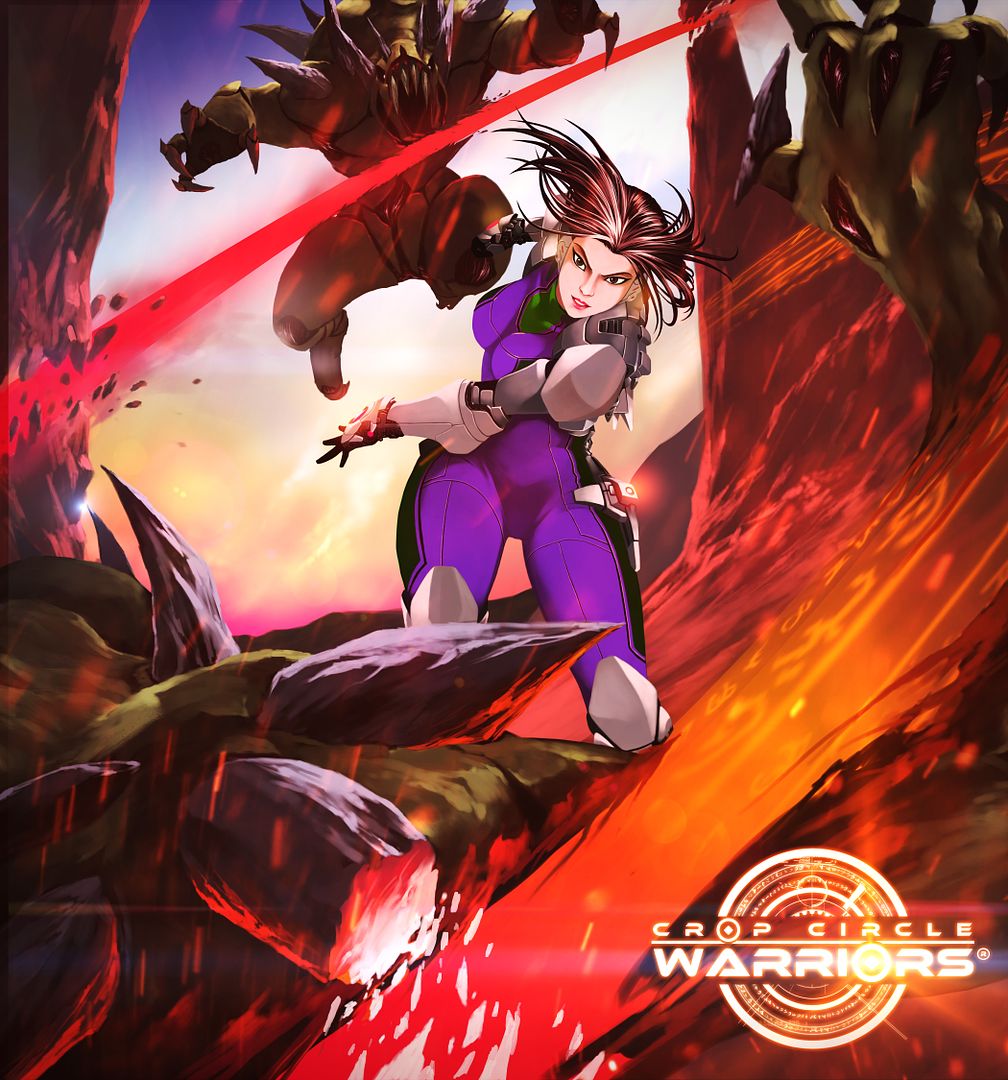


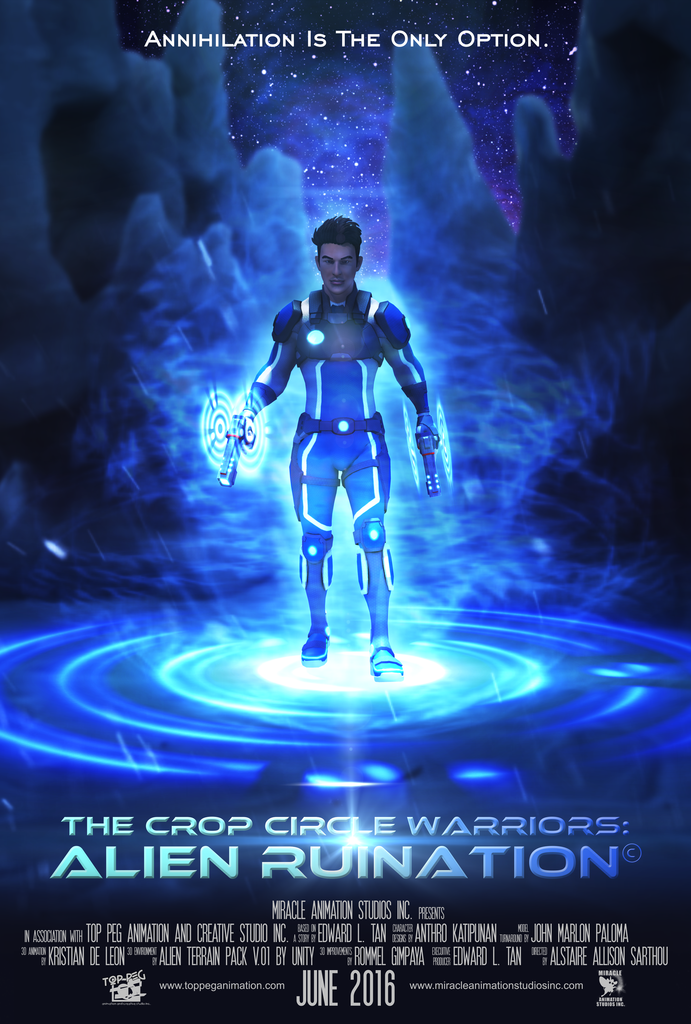

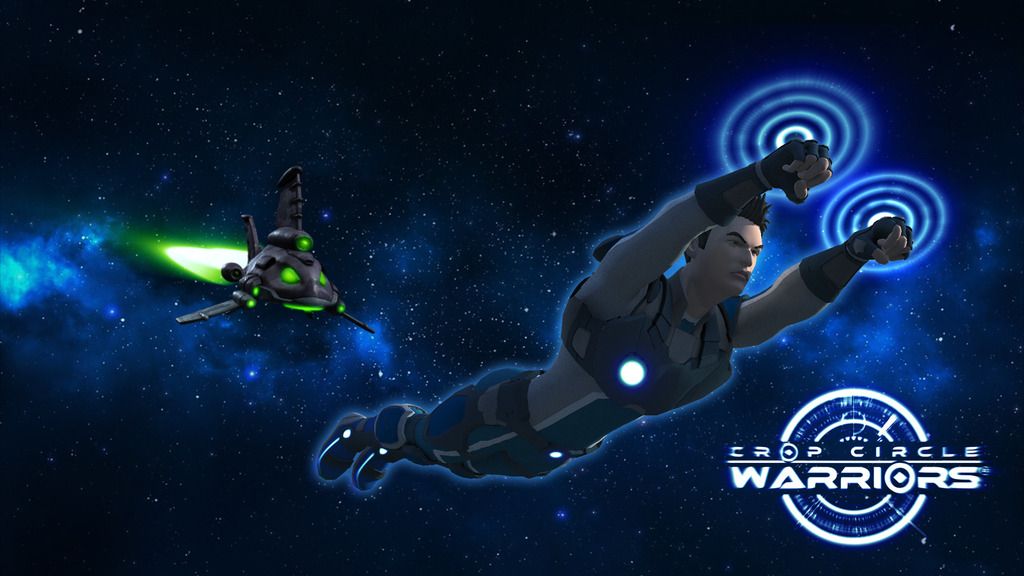
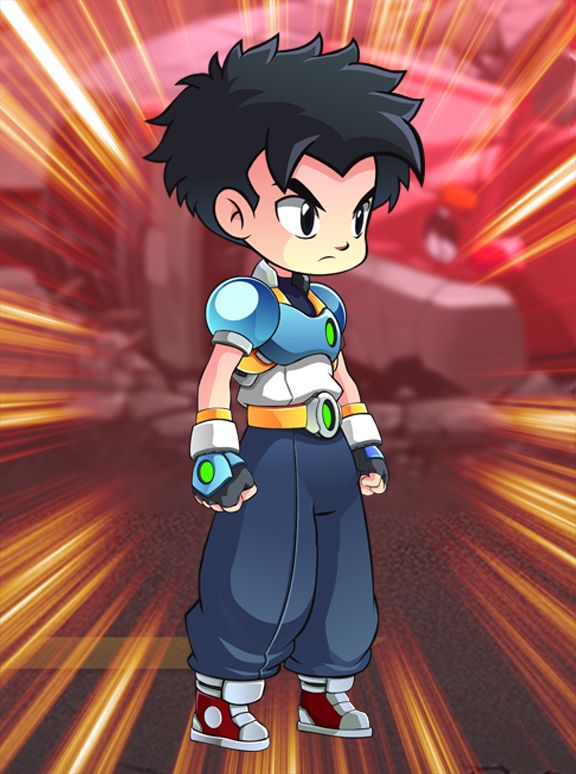
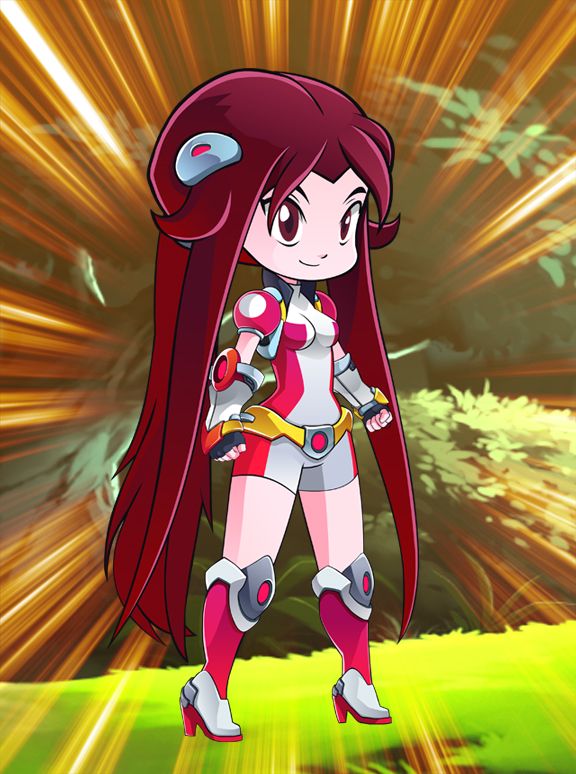

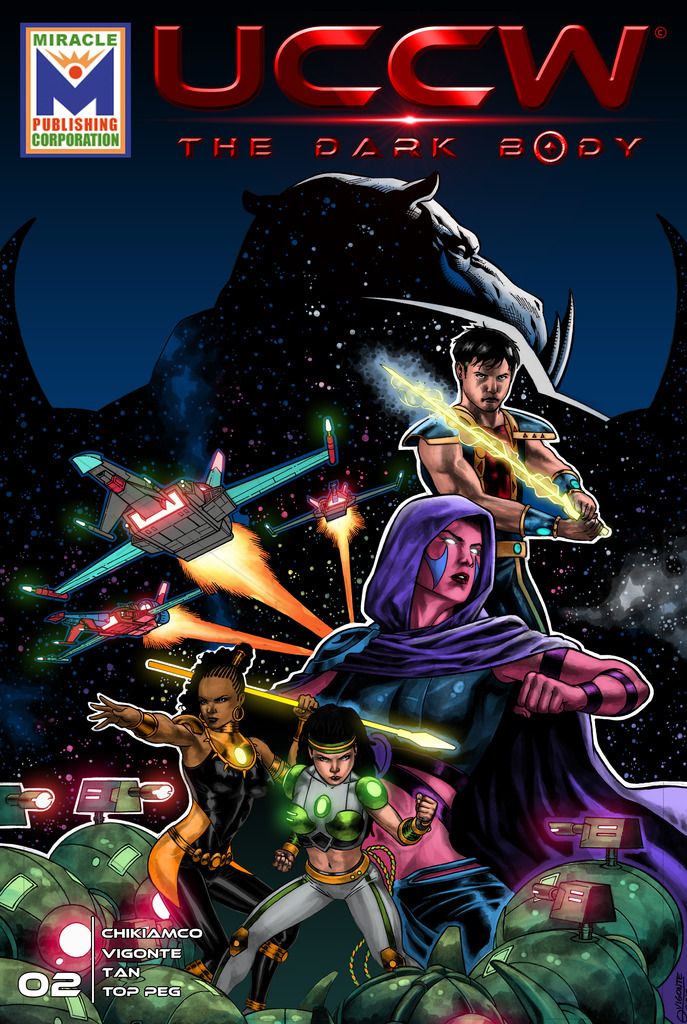
Leave a comment